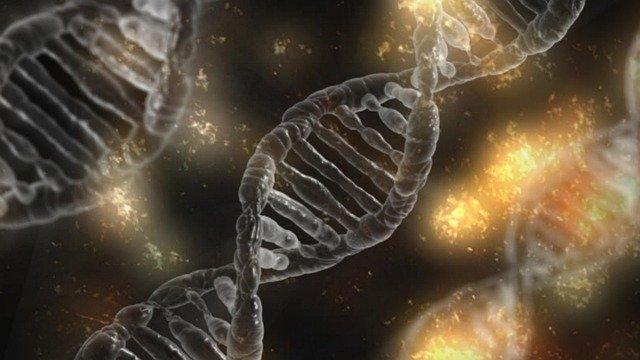The research on genetic problems faced by individuals has prompted several developments in the field of genetic engineering and meganucleases.
These developments have enabled researchers to manipulate and develop genetically designed organisms that can serve as a source of food, fuel, medicines, and other necessities.
Quick Background of Genetic Engineering
The procedure of genetic modification was discovered around 1940.
This discovery paved the way for the development of different methods that are used to produce genetically altered organisms.
Scientists have identified many genetic disorders and some abnormalities in animals.
These problems encouraged researchers to further explore different methods, which led to the advancements in genetic engineering.
There are different pros and cons associated with the use of genetic material.
It is up to the individual to decide whether he wants to use the genetic material or not.
Ultimately, the decision is a personal one, but it must be made based on the type of disease an individual is suffering from.
Types of Nuclease
The new genetic techniques have developed over the past three decades, and now, four types of nuclease are available in the field of genetic engineering.
- Meganucleases
- Transcription activation element-like proteins
- Clustered regularly mixed DNA, and
- Ribosome insertions.
Experts believe that these procedures should only be performed on non-gifted humans who have not inherited genetic problems.
Advantages and Disadvantages of Nuclease
The pros associated with these procedures are that they can correct genetic disorders and abnormalities easily without relying on animal resources.
These procedures are also inexpensive. But there are also several cons that should be considered before undergoing this procedure.
The most significant factor in considering adopting genetic manipulation through meganucleases is safety.
Animal studies reveal that introducing a foreign nuclease into a living organism can cause serious effects.
For example, mynic acid introduced to caterpillars caused a feminization of their eggs, which is harmful to the larvae.
Even though animal studies cannot accurately predict human genetic problems, it is recommended that the procedure is performed by competent and trained specialists.
Meganucleases and their Biomedical Applications
The use of nuclease rearrangements requires sophisticated equipment and high-end personnel who are well-trained in the process.
When the nucleus is inserted into the recipient cell, it does not dissolve immediately because of the high temperatures.
In order for this procedure to be successful, the nucleus must undergo heat-treatment.
It is best to use a meganuclease kit that contains the necessary tools to carry out this procedure safely and correctly.
After heat treatment, the nuclease is allowed to become inactive and then inserted directly into the target cell.
Once the nucleus becomes inactive, it is inserted into a living cell.
A chain of nucleic acids, referred to as restriction fragments, is constructed from a primer that allows restriction enzymes to break the DNA sequence down into shorter sequences, or flanking regions.
Once the restriction fragments have been inserted into the target cell, myogenic synthesis begins.
During the process, new myogenic cells grow in the target area in the exact position of the restriction fragment, replacing the extinct ones.
Once the new myogenic cells grow to adulthood, they reproduce and spread to other areas of the body.
This results in a gradual increase in the number of offspring.
The amount of time it takes for a generation of new cells to reach a full size depends on how many nucleosides are inserted into the target cell.
It takes approximately three to four days for a new generation of cells to form in the right location.
This explains why Meganucleases are used so often in fertility clinics.
To be sure, the process described above is highly complicated.
The precise sequence of events, involving numerous steps, is difficult to accurately model in a laboratory setting.
However, with a combination of sophisticated equipment and skilled technicians working together, it is entirely possible to generate an identical result, at least in principle.
Conclusion
Meganucleases, as an efficient tool for gene editing, has provided researchers with an alternative method of manipulating DNA.
The versatility of meganucleases makes them an ideal building block for genetic engineering applications.
As new forms of genetic engineering are likely to continue to emerge in the future, this fact presents a very bright future for pharmaceutical and biotechnology companies.
